About the INSL
The Integrative Neural Systems Laboratory (INSL) combines human behavioral studies with multimodal brain imaging and computational modeling to investigate the brain networks that control visually guided movement and determine how neurological diseases impact brain structure and function. The INSL employs a multi-scale approach (from neurons to behavior) to develop within-subject analyses of sensorimotor function/dysfunction, individually targeted neurorehabilitation strategies to mitigate the effects of sensorimotor impairment, and novel strategies for seamlessly interfacing human visuomotor control with external devices.
Research
Research projects in the INSL are student-led initiatives falling into one of four primary research themes.
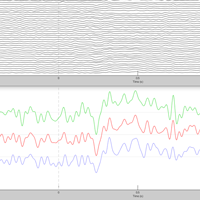 Arm Tremor During Reach in People with Multiple Sclerosis
Arm Tremor During Reach in People with Multiple Sclerosis
INSL Investigators are working to develop approaches to characterizing a sensorimotor control model of goal-directed movement by studying arm tremor during reach in people with Multiple Sclerosis.
Learn more about Arm Tremor During Reach
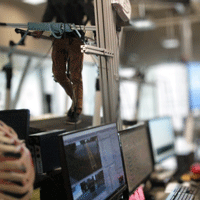 Balance Impairment in People with Multiple Sclerosis
Balance Impairment in People with Multiple Sclerosis
INSL is focused on understanding how vision in used for balance and whether visual feedback of body position can improve walking.
Learn more about Balance Impairments in MS
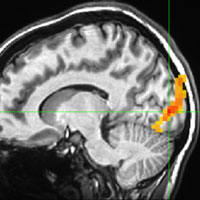 Multimodal Brain Imaging
Multimodal Brain Imaging
The INSL is developing techniques to fuse data sets from multiple brain imaging modalities to investigate the brain networks that mediate perception and action.
Learn more about Multimodal Brain Imaging
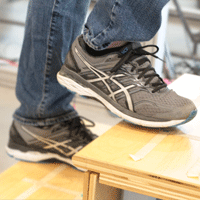 Myoelectric Control and Neural Decoding
Myoelectric Control and Neural Decoding
The Integrative Neural Systems Laboratory develops real-time neural decoding strategies that can be used to estimate kinematic properties of human movement.
Learn more about Myoelectric Control
Join Us!
The team at the Integrative Neural Systems Laboratory is looking for hard-working students with an interest in human behavioral studies, multimodal brain imaging and computational modeling. For more information on how to become a student of the INSL, email Dr. Beardsley.
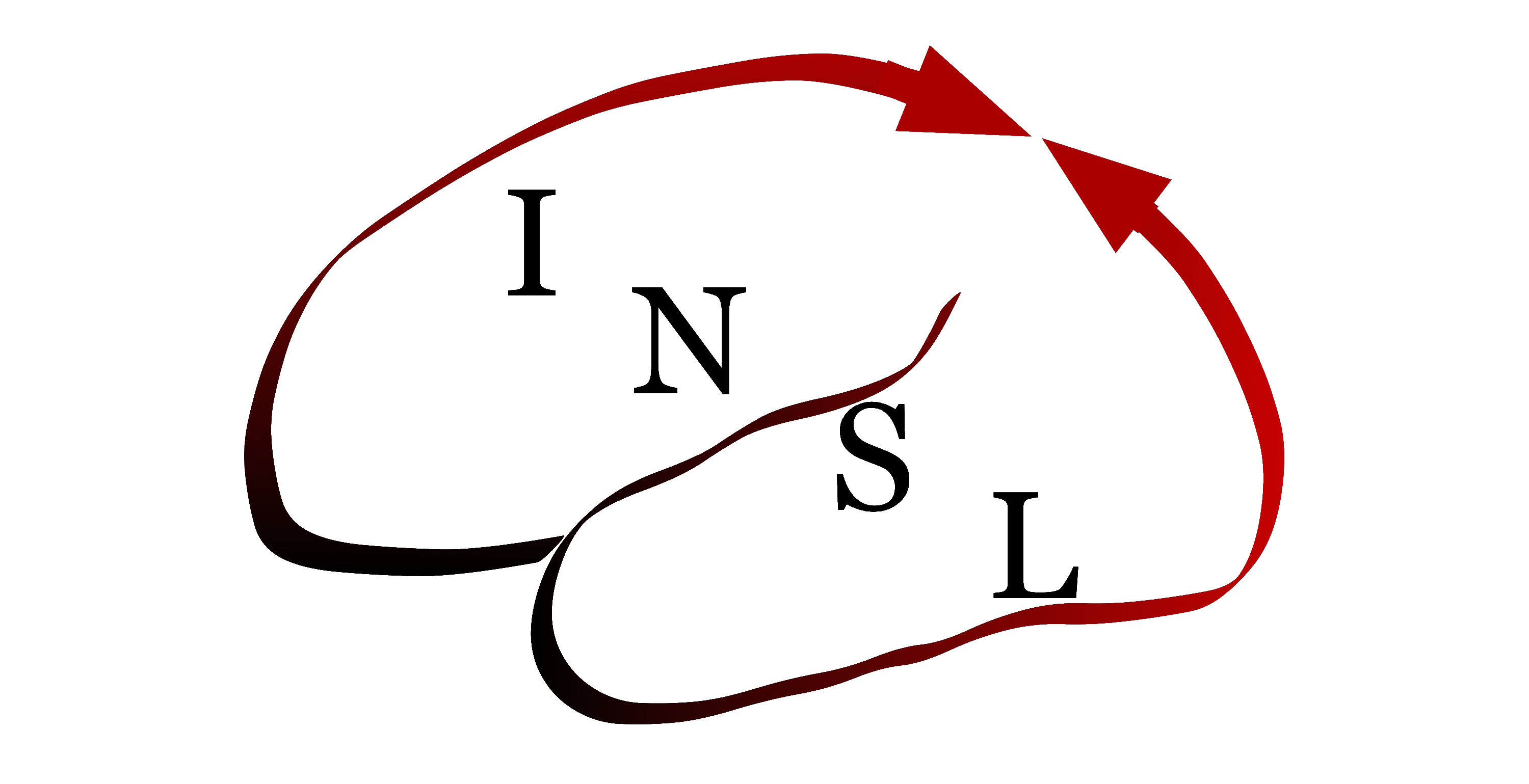


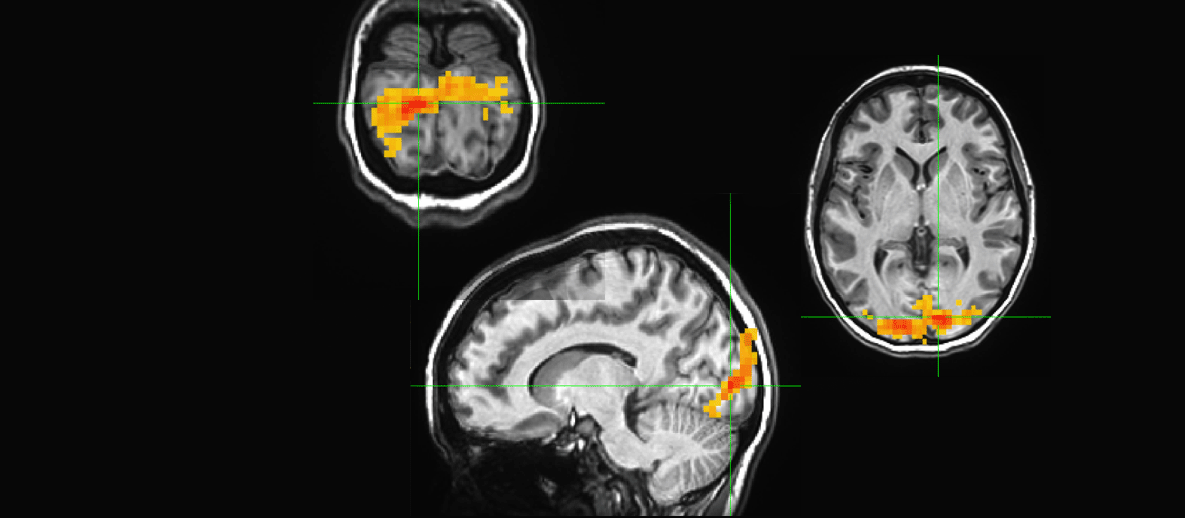
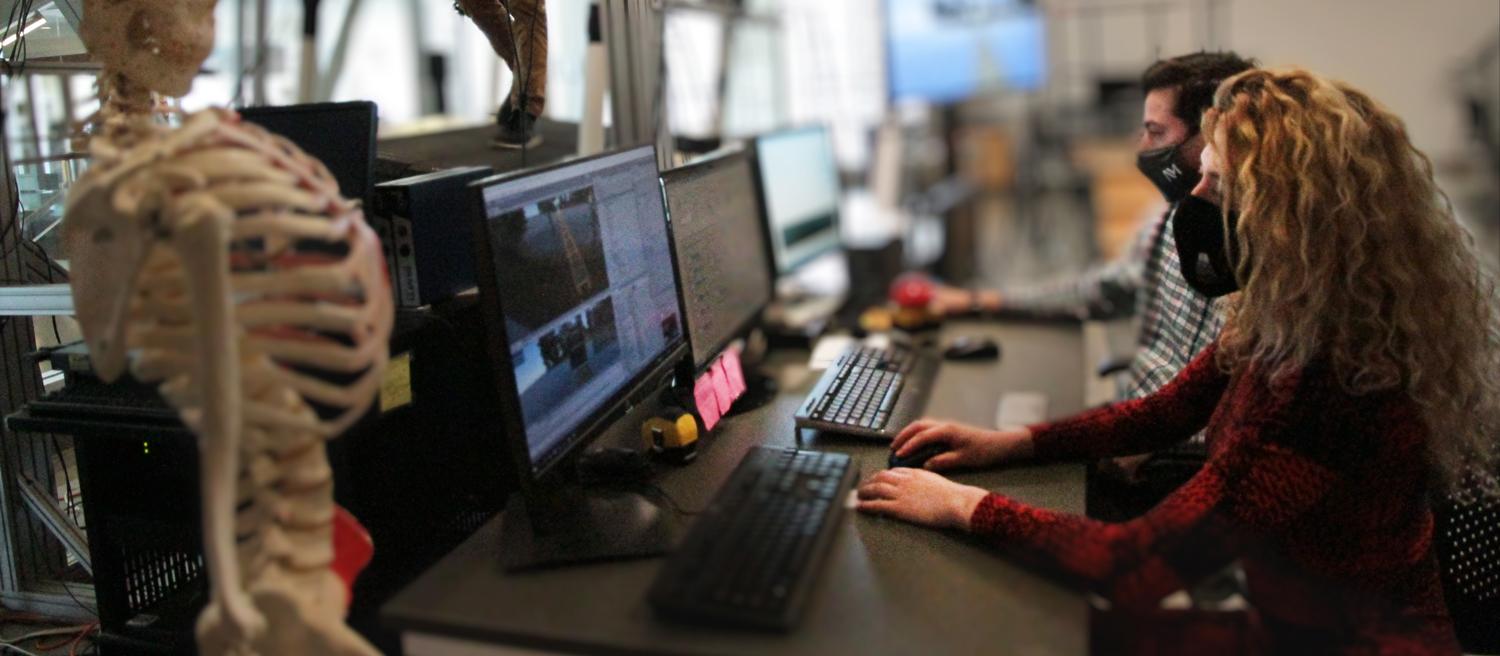
 Arm Tremor During Reach in People with Multiple Sclerosis
Arm Tremor During Reach in People with Multiple Sclerosis Balance Impairment in People with Multiple Sclerosis
Balance Impairment in People with Multiple Sclerosis  Multimodal Brain Imaging
Multimodal Brain Imaging Myoelectric Control and Neural Decoding
Myoelectric Control and Neural Decoding